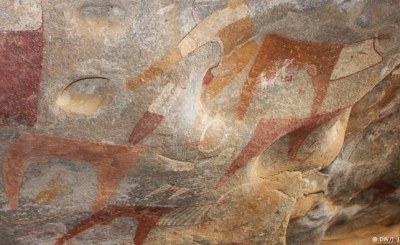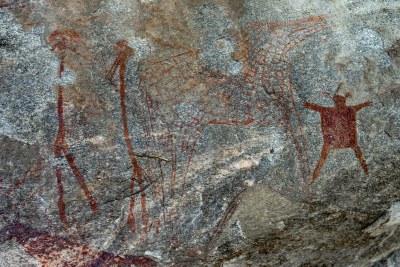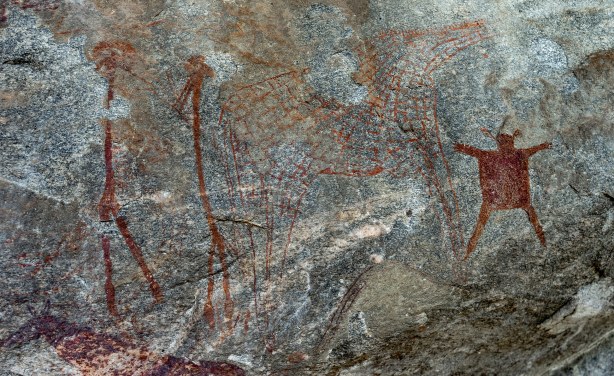-
Africa: Rock Art As African History - What Religious Images Say About Identity, Survival and Change
The Conversation Africa, 22 February 2023
To "read" the history of times before writing, scholars have traditionally used excavated evidence. Remains like dwellings, burials and pots can reveal a lot about how people lived… Read more »
-
Africa: Leo Frobenius Made African Rock Art Famous, but Is Tainted By Racism and a Lack of Understanding
The Conversation Africa, 16 February 2023
Leo Frobenius was a largely self-taught German ethnologist (someone who studies societies and cultures) who undertook numerous expeditions. One of them, from 1928 to 1930, was to… Read more »
-
Africa: Neanderthals - The Oldest Art in the World Wasn't Made By Homo Sapiens
The Conversation Africa, 17 January 2023
One of the most hotly debated questions in the history of Neanderthal research has been whether they created art. In the past few years, the consensus has become that they did,… Read more »
-
Nigeria: A History of Ibadan Art - Ibadan As Nigeria's Art, Culture and Intellectual Hub
Vanguard, 11 January 2023
The 19th-century Yoruba wars between 1825 and 1893 as well as the Military Jihad from Sokoto instigated a southward move for many Yoruba communities in search of more secure… Read more »
-
Africa: Rock Art - How South Africa's Coat of Arms Got to Feature an Ancient SAN Painting
The Conversation Africa, 26 November 2022
A new exhibition in Johannesburg titled !ke e: xarra ke - People who are Different: Come Together celebrates the rock art of the San people, the first inhabitants of southern… Read more »
What African Rock Art Says About Identity, Survival and Change
To "read" the history of times before writing, scholars have traditionally used excavated evidence. Remains like dwellings, burials, and pots can reveal a lot about how people lived long ago. Rock art tells a tale of people meeting, negotiating, fighting, trading with, and marrying one another. The tale is told not in simple narrative, but in spiritual beliefs. In Southern Africa, rock art is primarily a record of spiritual beliefs - but also reflects the events that these beliefs made sense of, writes Sam Challis and Brent Sinclair-Thomson for The Conversation.
Hunter-gatherers in the region, ancestors of today's San or BaTwa, made rock art for thousands of years before African herders and farmers arrived from the north 2,000 years ago and European colonists followed by the sea 350 years ago. As a result of these contacts between groups of people, ethnic and economic boundaries became increasingly blurred. Rock art changed too, in technique and subject matter.
Current Anthropology outlines the nature, scale, and effects of contact between people in Southern Africa, and the ways in which indigenous people produced images that engaged with change. It shows that contact and colonization, in time, created a "disconnect" with the past that can be understood by looking at changes in rock art.
InFocus
-
Ethiopia's ancient civilisations are believed to date back more than 3,000 years. Many of the country's most famous ancient artefacts are found in Tigray. The region has been ... Read more »
-
Although locally produced drums are an integral part of music of various ethnic groups in Cameroon, this traditionally handmade instrument is falling into disuse as modern ... Read more »
-
Archaeologists spend a lot of time examining the remains of distant pasts, which includes the study of rock paintings, write Neil Rusch and Sarah Wurz for The Conversation. ... Read more »







